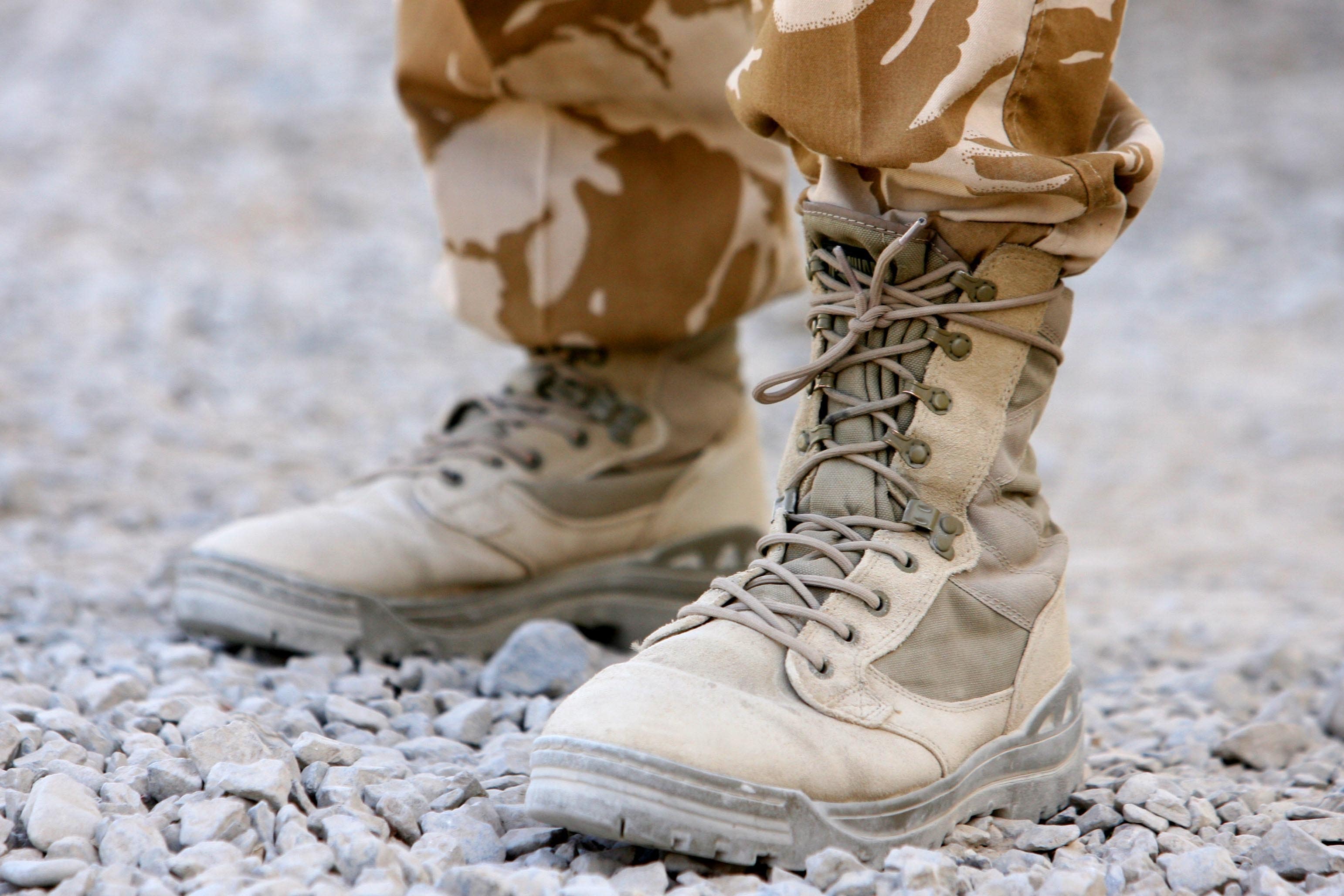Baby among dozens of children killed in British military action in Afghanistan
The armed forces paid compensation to the relatives of 64 confirmed victims under the age of 18 over nine years.

Your support helps us to tell the story
From reproductive rights to climate change to Big Tech, The Independent is on the ground when the story is developing. Whether it's investigating the financials of Elon Musk's pro-Trump PAC or producing our latest documentary, 'The A Word', which shines a light on the American women fighting for reproductive rights, we know how important it is to parse out the facts from the messaging.
At such a critical moment in US history, we need reporters on the ground. Your donation allows us to keep sending journalists to speak to both sides of the story.
The Independent is trusted by Americans across the entire political spectrum. And unlike many other quality news outlets, we choose not to lock Americans out of our reporting and analysis with paywalls. We believe quality journalism should be available to everyone, paid for by those who can afford it.
Your support makes all the difference.A one-year-old baby boy was among dozens of children killed following British military action in Afghanistan, an investigation has found.
The armed forces paid compensation to the relatives of 64 confirmed victims under the age of 18 over the course of nine years.
But the true number of fatalities could be as high as 135 if those described as someone’s “son”, “daughter”, “nephew” or similar are taken into account.
The Action on Armed Violence (AOAV) findings suggest there is “absolutely no evidence” of British forces deliberately targeting civilians or children, with the deaths necessarily put down to “poor targeting, over-use of heavy weaponry or fighting in populated areas”.
We investigate reports of civilian casualties and are always open to re-examine where new information is submitted
The analysis of compensation payments made from 2006-2014 found that between April 2007 and December 2012 there were 38 incidents involving 64 confirmed child fatalities where the British military paid out.
This number rises to 135 across 47 incidents if more vague mentions of “son”, “daughter” or “nephew” are factored in over the wider nine-year period.
The AOAV pointed out that Afghanistan has a young population with a median age of 18, making it fairly likely that any given mention of someone’s “son” or “daughter” refers to a child.
It found that the average age of children killed, in some 27 cases where this was given, was six.
The youngest was a one-year-old baby boy, who died in March 2009.
Just months later, an 18-month-old girl was also killed.
The two most common specified causes of death were crossfires and airstrikes, with a strike on one village killing eight members of the same family.
The total paid out between 2006 and 2014 for incidents with confirmed child deaths was £144,593. This figure also includes compensation for adult fatalities.
Narrowing this down to claims involving child deaths – 36 from 27 incidents – the average payout per victim comes to £1,656. This includes compensation covering injuries and property damage.
A spokesman for the Ministry of Defence said: “Any civilian death during conflict is a tragedy, more so when children and family members are involved. The UK armed forces work hard to minimise that risk, which regrettably can never be entirely eliminated.
“This is done through a package of rigorous targeting processes built upon committed intelligence work, strong engagement protocols, thorough training for those operating in conflict and clear-eyed assessments after an engagement.
“We investigate reports of civilian casualties and are always open to re-examine where new information is submitted.
“We are following the US Department of Defence review in this field and will take into account any outcomes that may assist our own processes.”